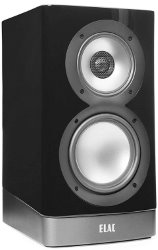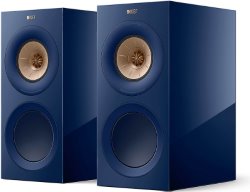ELAC ARB51 Navis vs. KEF R3 Meta
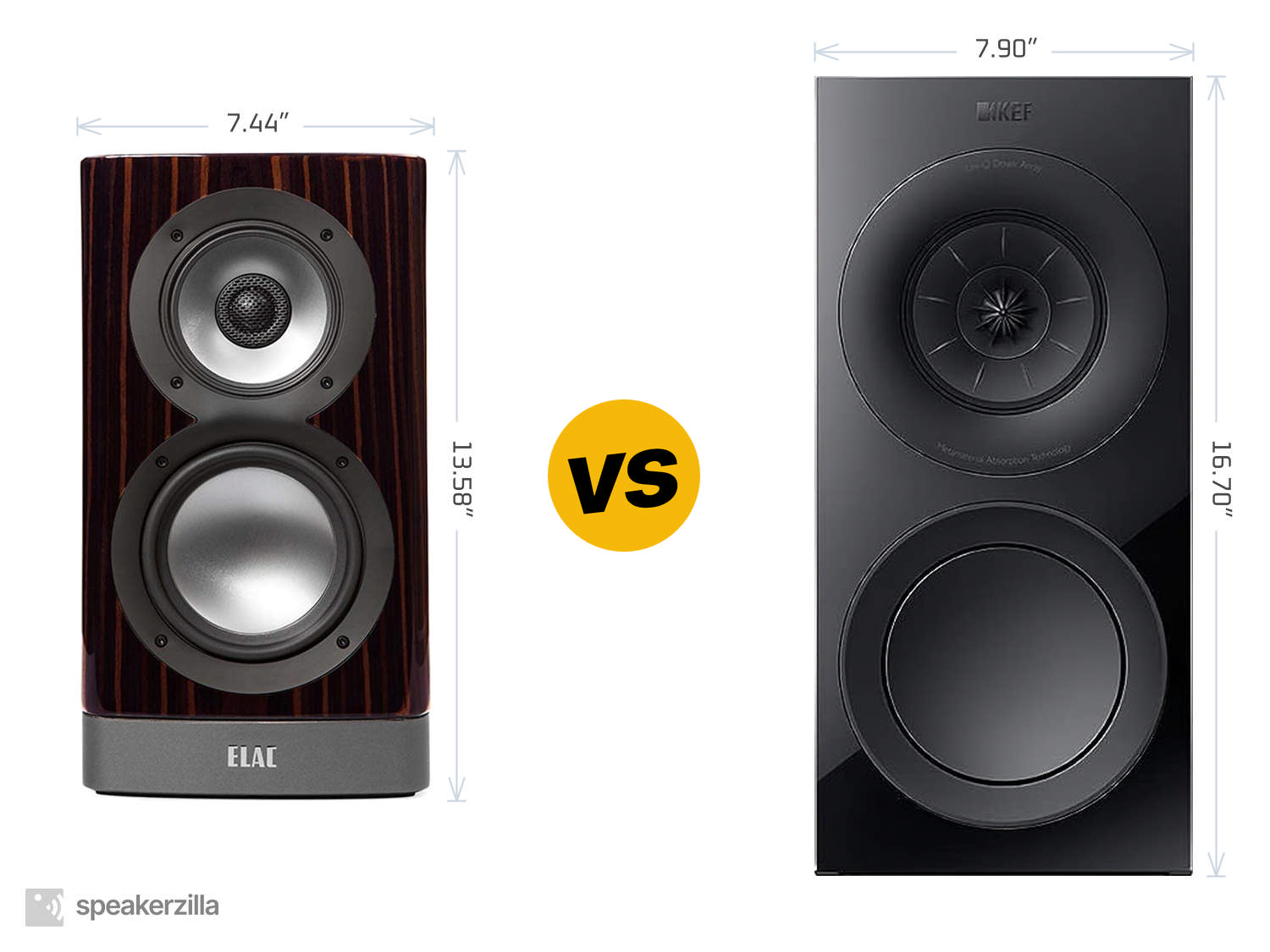
| ELAC ARB51 Navis Powered Bookshelf Speakers | KEF R3 Meta Bookshelf Speakers |
| MSRP | |
| $2000 | $2200 |
| Dimensions (H × W × D) | |
|
13.58” × 7.44” × 9.45” 345mm × 189mm × 240mm |
16.70” × 7.90” × 13.50” 424mm × 201mm × 343mm |
| Power Type | |
| Powered | Passive |
| Frequency Response | |
| 44-28,000 Hz | 58-28,000 Hz |
|
Amazon.com
|
Amazon.com
|
Key Takeaways
TLDR Summary: In the battle of premium bookshelf titans, the ELAC Navis ARB51 stuns with its self-powered convenience and cohesive soundstage, thanks to its tri-amped design. Meanwhile, the KEF R3 Meta, with its revolutionary Metamaterial Absorption Technology (MAT), promises unparalleled clarity and detail. The passive R3s require external amplification but reward listeners with their signature Uni-Q driver array for precise imaging. The choice hinges on user preference: the plug-and-play simplicity and rich dynamics of the ELACs or the nuanced, audiophile refinement of the KEFs, which await pairing with an amp worthy of their high-fidelity prowess.
Speaker Comparison
When you're an audiophile, the quest for the perfect sound can be a never-ending journey. Two entries worthy of consideration in the realm of high-fidelity audio are the ELAC ARB51 Navis Powered Bookshelf Speakers and the KEF R3 Meta Bookshelf Speakers. Both speakers command attention for their build quality and sonic performance, but they appeal to slightly different tastes and listening preferences.
Design and Build Quality
The ELAC ARB51 takes a modern approach to speaker design, with a minimalistic yet elegant form factor, showcasing its no-frills philosophy. Each unit encapsulates a trifecta of drivers, including a 4-inch aluminum midrange driver and a 1-inch soft-dome tweeter, all housed within a sleek cabinet that resonates sophistication. In contrast, KEF R3 Metas are a bit more traditional in their aesthetics, but they're certainly no slouch in the looks department. They feature KEF's signature Uni-Q driver array, where the 1-inch aluminum dome tweeter is nestled in the acoustic center of a 5-inch midrange driver, allowing for a more three-dimensional soundscape.
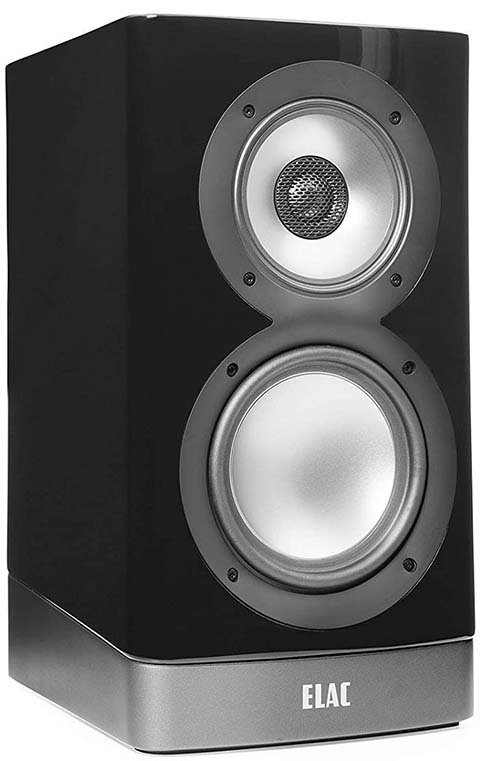
 (at Amazon.com)
(at Amazon.com)Aural Characteristics
The listening experience with the ELAC ARB51s is one of precision and clarity. Their active design means that each driver has a dedicated amplifier, resulting in a tightly controlled and cohesive sound that is both dynamic and revealing. Bass response is respectable for a speaker of its size, but what truly shines is the midrange - it's articulate and nuanced, making vocal performances stand out. On the other side of the ring, the KEF R3 Meta speakers bring a warmth and expansiveness to the listening experience that is hard to match. Their implementation of Metamaterial Absorption Technology (MAT) greatly reduces distortion, allowing for an impeccably clean and detailed sound that extends well into the high frequencies without a hint of harshness.
Power and Flexibility
One of the most significant differences between these two contenders is their approach to power. The ELAC ARB51s are self-powered, which means they have built-in amplification, providing a level of synergy between the components that is meticulously calibrated by the manufacturer. This makes them a breeze to set up, as they only require a source. Conversely, the KEF R3 Metas are passive speakers, requiring an external amplifier to bring them to life. This gives audiophiles the freedom to tailor the sound to their liking with their choice of amplification, but it also demands more knowledge and potentially a larger investment.
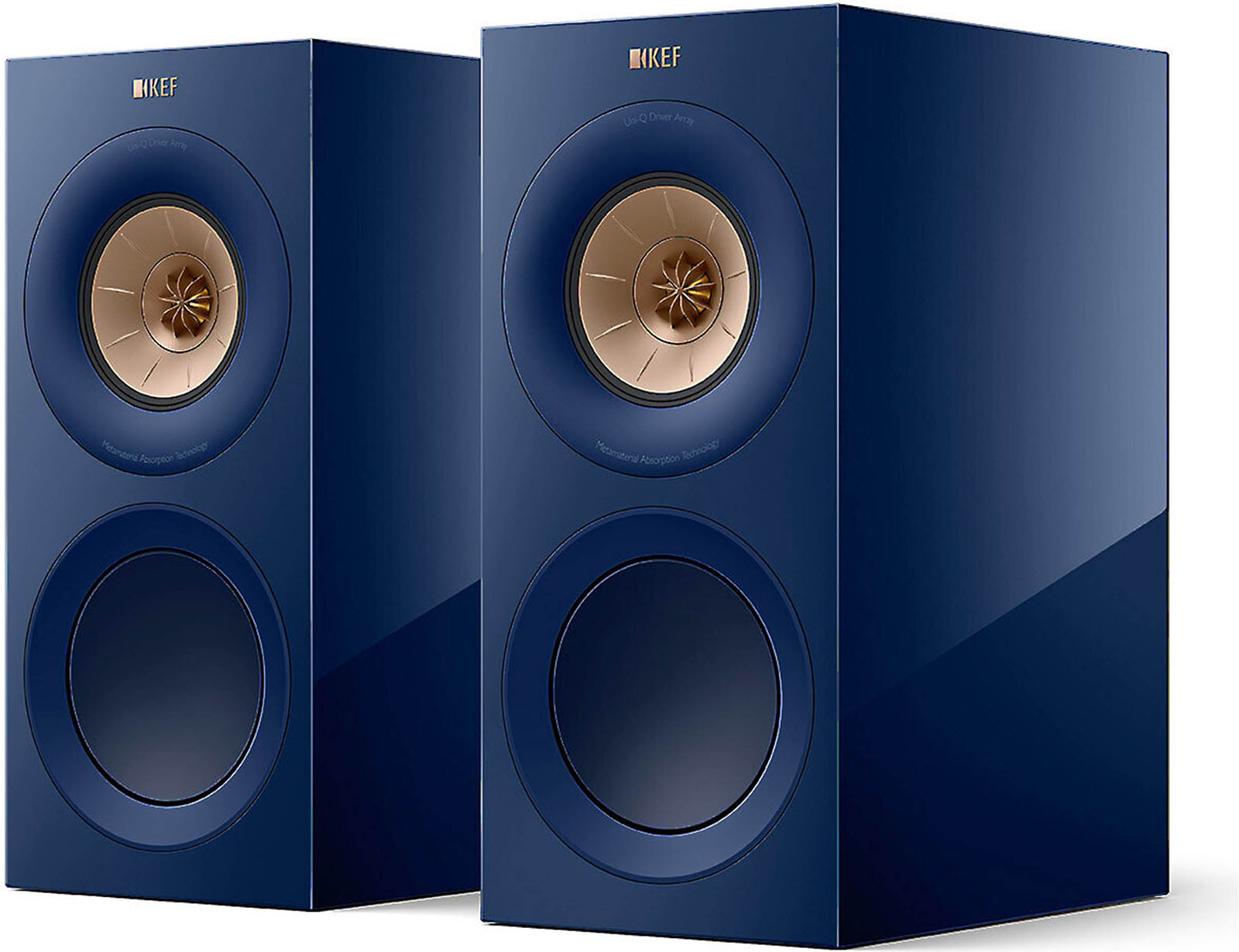
 (at Amazon.com)
(at Amazon.com)Connectivity is another area where these speakers differ. With the ELAC ARB51s, you have a variety of inputs, including balanced XLR, RCA, and an option for a high-resolution wireless input. This versatility is ideal for those who value convenience and have multiple sources they wish to integrate. The KEF R3 Metas, being passive, have no such built-in connectivity options, relying instead on the inputs of the chosen amplifier, which provides flexibility in a different manner.
Compare to similar speakers
Room Integration and Sensitivity
Speaker placement and room integration are crucial to performance, and both models respond differently to their environments. The ELAC ARB51s, with their active design, can somewhat mitigate room anomalies through their built-in DSP (Digital Signal Processing); however, they still benefit from thoughtful placement. The KEF R3 Metas, with their more traditional passive crossover, are sensitive to room characteristics and will need more careful placement and potentially room treatment to achieve their best performance. Both sets have a similar sensitivity rating, with the KEF R3 Metas having a slight edge, which might be beneficial in larger rooms or for those looking to achieve higher volume levels.
Ultimately, the choice between the ELAC ARB51 Navis Powered Bookshelf Speakers and the KEF R3 Meta Bookshelf Speakers comes down to personal preference and intended use. The ELAC ARB51s offer a plug-and-play solution with a precise and analytical sound, perfect for those who value simplicity and detail. The KEF R3 Metas cater to the tinkerers and those who relish warmth and soundstage depth, providing an open canvas for audiophiles to paint their sonic picture with their choice of amplification. Regardless of choice, both speakers stand as testaments to the dedication of their respective manufacturers and the passion they inspire in the hearts of audiophiles around the world.
- ELAC ARB51 Navis reviews and FAQs
- KEF R3 Meta reviews and FAQs
Check Current Prices: |
|
|
Amazon.com
|
Amazon.com
|
Affiliate Disclosure: As an Amazon Associate, we earn from qualifying purchases.
